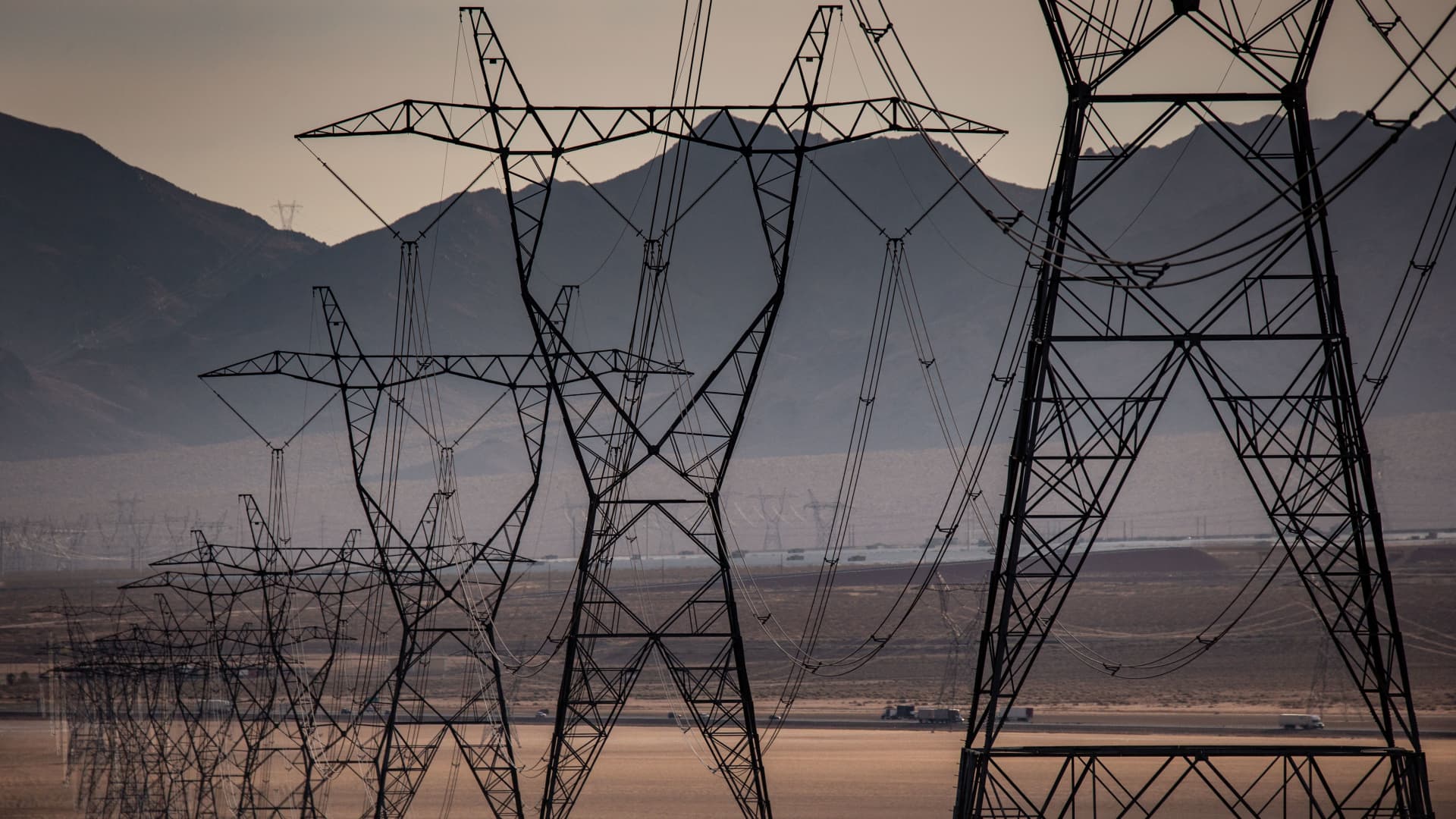Marc v E
Major Contributor
Tesla has just released their plan for the energy transition.
What is takes in energy, mining and what amount of batteries we need. And of course the costs.
Turns out it will cost 40% less than what the oil industry cost us the past 20 years, uses 50% less energy at the source and will use less mining.
Let's discuss based on the numbers they came up with. The report can be found here: https://www.tesla.com/ns_videos/Tesla-Master-Plan-Part-3.pdf
What is takes in energy, mining and what amount of batteries we need. And of course the costs.
Turns out it will cost 40% less than what the oil industry cost us the past 20 years, uses 50% less energy at the source and will use less mining.
Let's discuss based on the numbers they came up with. The report can be found here: https://www.tesla.com/ns_videos/Tesla-Master-Plan-Part-3.pdf

